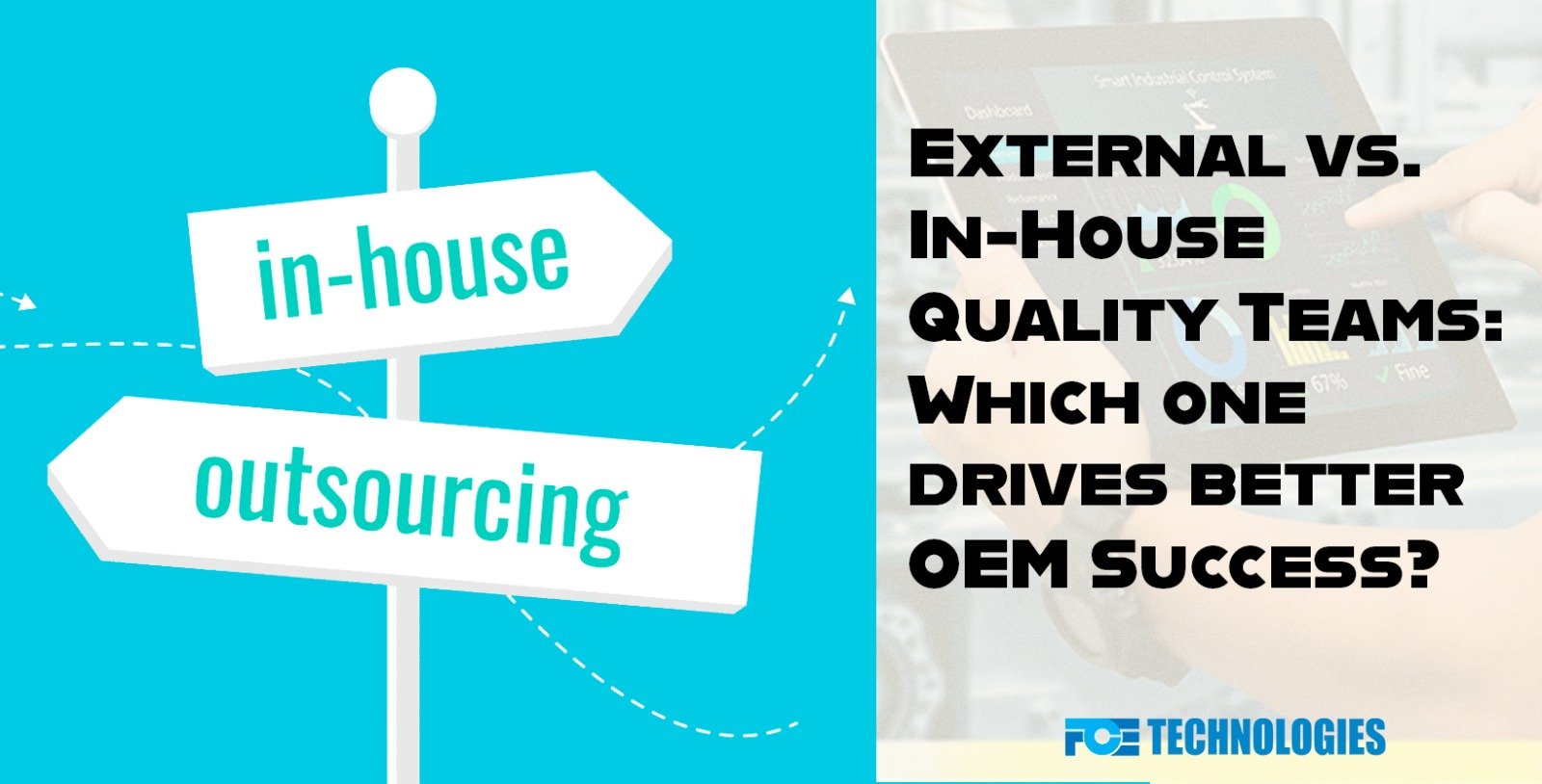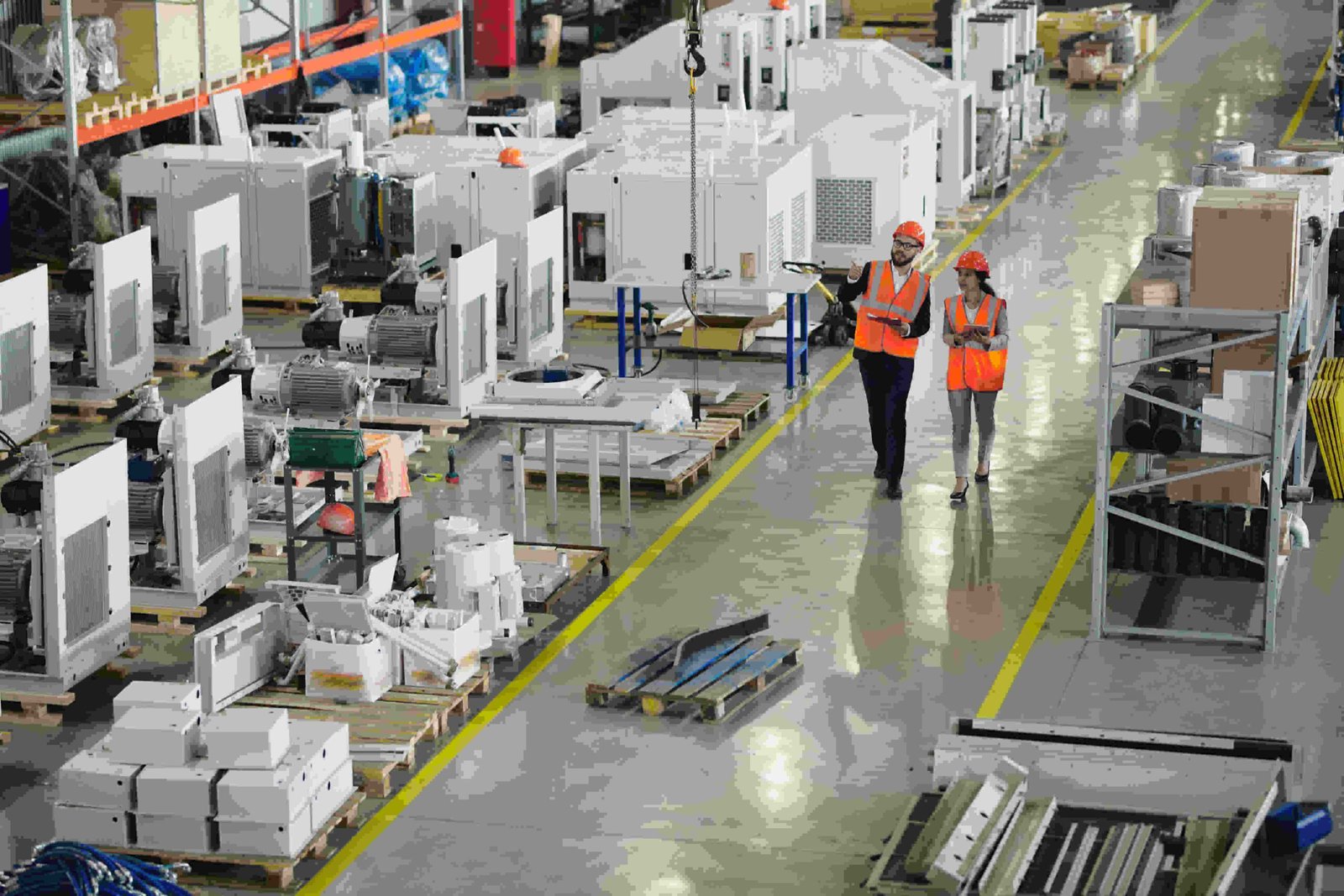
Quality Liaison Services vs. In-House Quality Teams: Pros and Cons
Quality Liaison Services vs. In-House Quality Teams: Pros, Cons, and Key Insights: In today’s highly competitive automotive industry, ensuring product quality is paramount. A
Quality Engineering Support, Quality Management Services
Product Testing, Inspection & Rework, Inspection & Certification, Third-party Sorting
Containment, Launch Support
Resident Engineering, Quality liaison Services
Project Management Solutions, Supplier Development
OEM Flashing

Quality Liaison Services vs. In-House Quality Teams: Pros, Cons, and Key Insights: In today’s highly competitive automotive industry, ensuring product quality is paramount. A

In the dynamic world of logistics and supply chain management, Third-Party Logistics (3PL) has emerged as a critical service for businesses aiming to enhance efficiency

Introduction The automotive industry is undergoing a significant transformation as it shifts from traditional internal combustion engines to electric vehicles (EVs). This transition brings

In today’s competitive automotive industry, maintaining top-notch quality is crucial. Defects can lead to costly recalls, damage reputations, and erode customer trust. This is where

Ensuring Quality and Precision with FCE Comprehensive Inspection Services At FCE, we understand the paramount importance of quality and precision in every product. Our